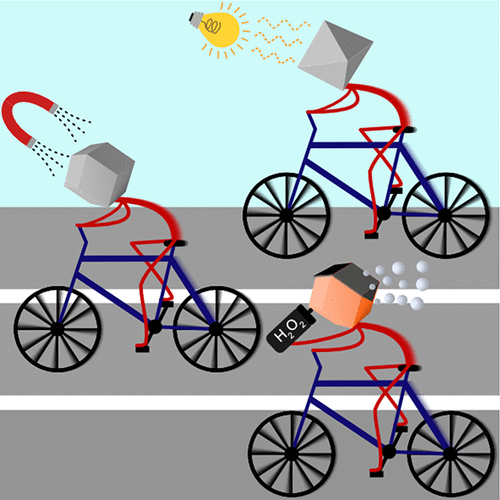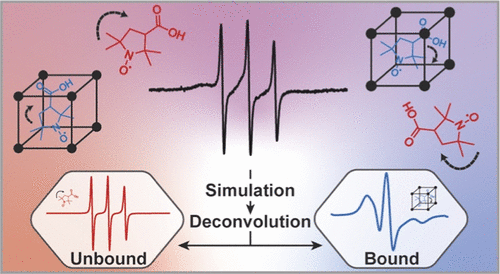About
I am currently working as a Postdoctoral Researcher in the ChemInFlow Group at the University of Barcelona.
My research involves the investigation of dissipative non-equilibrium systems and the development of functional materials using microfluidic techniques.





